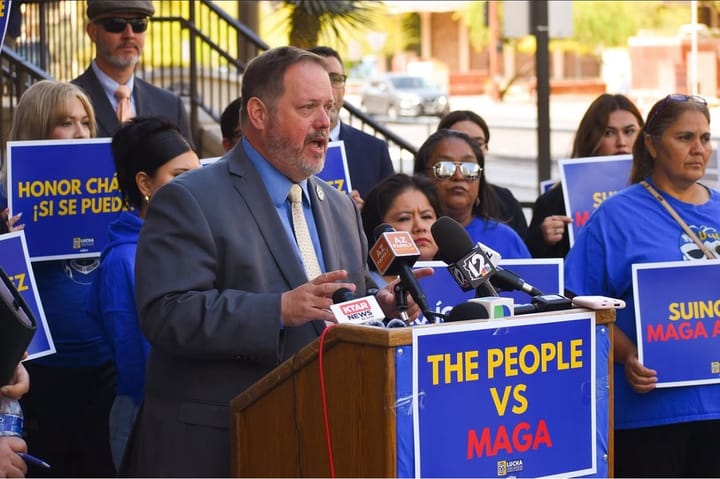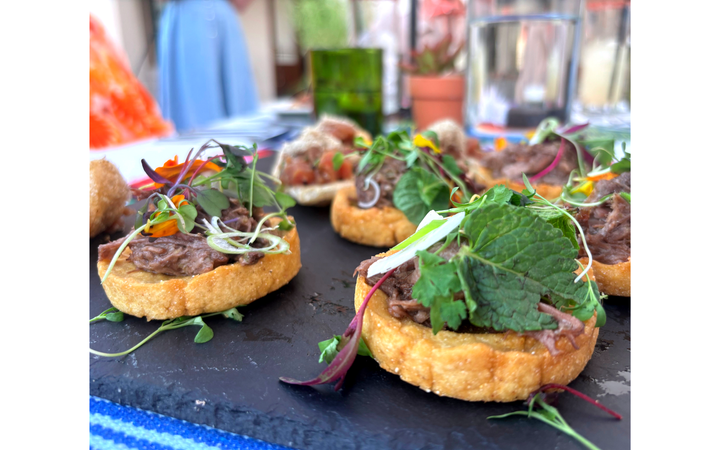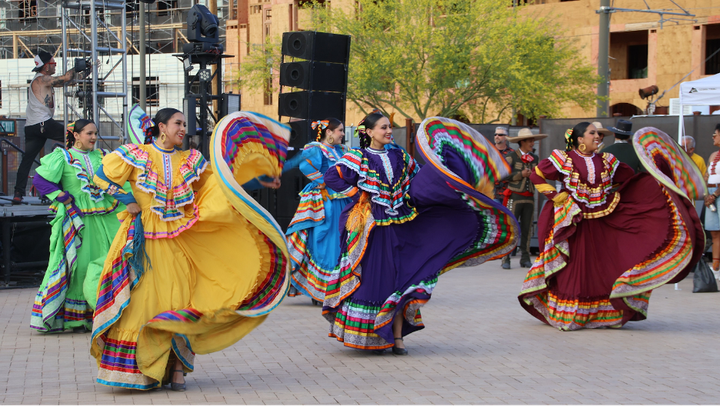Tucson stylist launches boot camp to fill gaps left by cosmetology schools
A Tucson salon owner is helping bridge the gap between cosmetology school and career readiness with a hands-on education program for aspiring hairstylists.
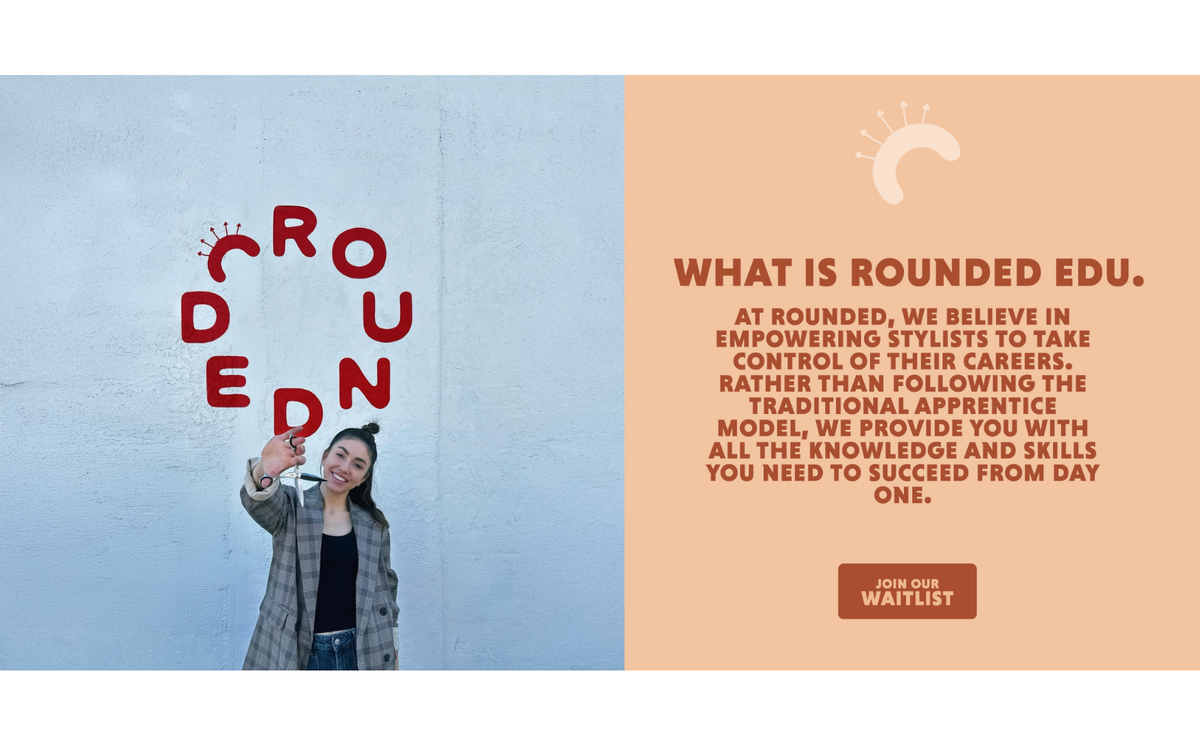
The road from cosmetology school to a successful salon career is more difficult than ever, and one local hairstylist is on a mission to improve it.
In today’s beauty industry, a license doesn’t guarantee a livelihood. For aspiring hairstylists, the traditional path through cosmetology school is no longer enough — and for many, it’s becoming a financial trap.
With rising debt, low wages and a lack of real-world training, salon professionals like Lindsey Bridges are stepping in to fill the gaps.
The Tucson-based stylist and salon owner has launched an education program to bridge what she calls a "massive disconnect" between what beauty schools teach and what stylists actually need to succeed.
Since the birth of cosmetology school back in the 1930s, the process for aspiring cosmetologists has stayed pretty much the same: The student attends school, learns from instructors, graduates and passes the appropriate licensing exam, armed with the tools they need to succeed in their beauty field of choice.
But for many hairstylists in 2025, this once-simple path isn’t just more difficult — it’s nearly impossible.
“If you’re a hairdresser, (cosmetology school is) going to touch on 1% of what you need to know when you get the job,” said Bridges.
A stylist and owner of Once Wild Salon, 549 N. 6th Ave., Bridges said she’s been aware of these gaps in the industry for years.
When she graduated from cosmetology school, she began working at a large chain salon where she was only taking home $500 paychecks. With two kids at home, Bridges said this wage was “unliveable.”
As of 2023, the average salary of a hairstylist was $35,000, with the lowest-paid 25% making just $25,850.
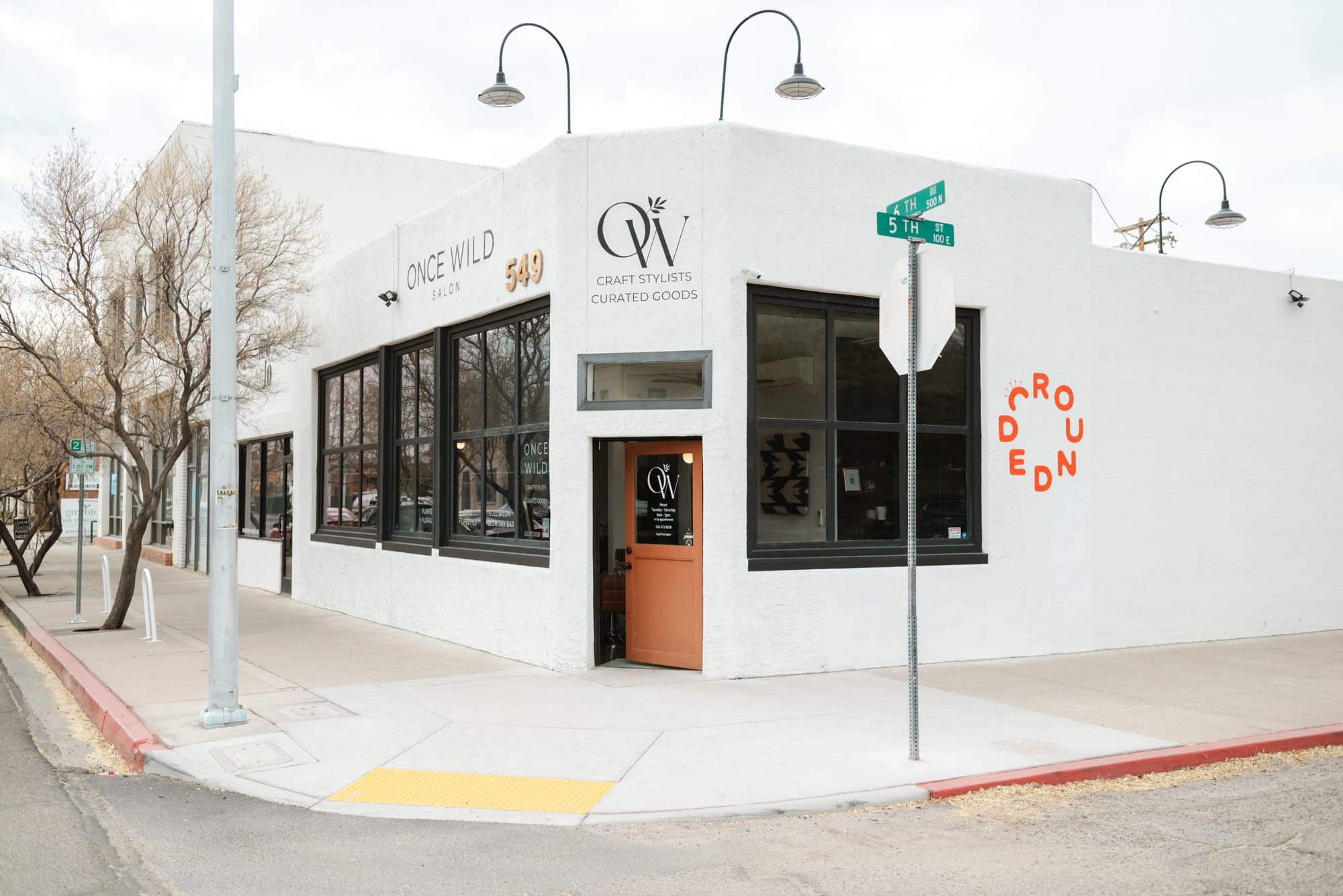
These low wages can’t be attributed to an issue with the training provided in cosmetology school, but rather society, Bridges said.
“There hasn’t ever been a lot of direction and I truly believe that it’s because it’s been mostly females and it was this fallback career,” she said.
Bridges said many aspiring hairstylists — 90% of whom are women — end up taking out loans to pay for their schooling.
The industry came under scrutiny earlier this year as part of a broader discussion about less government oversight.
Arizona was one of two states to introduce bills this legislative cycle that would reduce or eliminate the need to hold a cosmetology license to perform salon or barbering services — a move that professional oversight agencies say would be disastrous for both businesses and consumers.
The so-called “Arizona DOGE” bill proposed dissolving eight state boards, including the Arizona Barbering and Cosmetology Board. The bill was defeated in a bipartisan vote, with many legislators citing the dissolution of the cosmetology board as their reason for voting “no.”
State Rep. Anna Abeytia, a certified lash technician licensed by the state cosmetology board, said it was “an extremely harmful bill to people like myself (and) other people in the industry.”
While Bridges supports licensure and oversight, she believes cosmetology school doesn’t touch on the true essentials of stylist proficiency, like hair cutting or adapting creativity into your work. So, she decided to fill in those gaps by starting her own curriculum.
“My education program is a boot camp for stylists that can be experienced or just out of beauty school,” she said. “It’s basically saying, ‘I’m going to give you that finishing school that you need to learn how to cut hair and get on the floor somewhere.’”
The four-day "Rounded" program offers cosmetology school graduates and aspiring hairstylists intensive, hands-on practice — and it already has a waiting list.
“I’m going to give you everything I have, you’re gonna pay for it, and then you’re gonna be able to stay here or go wherever you want to go,” Bridges said of her course.

On top of hair, students also learn how to start their own LLC and gain independence and confidence as a stylist.
Bridges has already taught her first cycle and is preparing for a second. Two of the stylists who attended the first program now work at her salon — a transition Bridges says she is “in awe” of.
One of these women is Emma Dyson, a junior stylist who took Bridges’ course in late February. While Dyson had a good experience at cosmetology school, she said there aren't a lot of job options for recent graduates.
“I really hated hair cutting before I took (Bridges’) class,” Dyson said. “And then I realized I just wasn’t understanding it.”
Sabrina Wood, another Once Wild stylist, started working with Bridges last April as an assistant — an experience she says she is grateful for.
After she graduated from cosmetology school, the 29-year-old said she “didn’t have a clue.”
“I feel like everyone just thought they were gonna make money,” she said. “I think it’s a lot harder when you come out of it.”
On top of her $22,000 in debt from beauty school, Wood said she didn’t even make $40,000her first year as a professional stylist.
But Bridges taught her how to rent in the salon rather than work on commission — a process that Wood says allows her the freedom to control her own schedule.
“You don’t know how hard this career is until you’re in it,” Bridges said.
For now, she’s focused on growing her education program — allowing aspiring stylists to have those “aha moments,” but also to “learn stuff the hard way.”
“It’s almost like this industry has to realize that there is a next step, and we have to come up with a solution for that,” Bridges said. “I feel like that’s my calling right now, trying to figure out what that is.”
Olivia Krupp is a journalism major at the University of Arizona and Tucson Spotlight intern. Contact her at oliviakrupp@arizona.edu.
Tucson Spotlight is a community-based newsroom that provides paid opportunities for students and rising journalists in Southern Arizona. Please support our work with a paid subscription.

